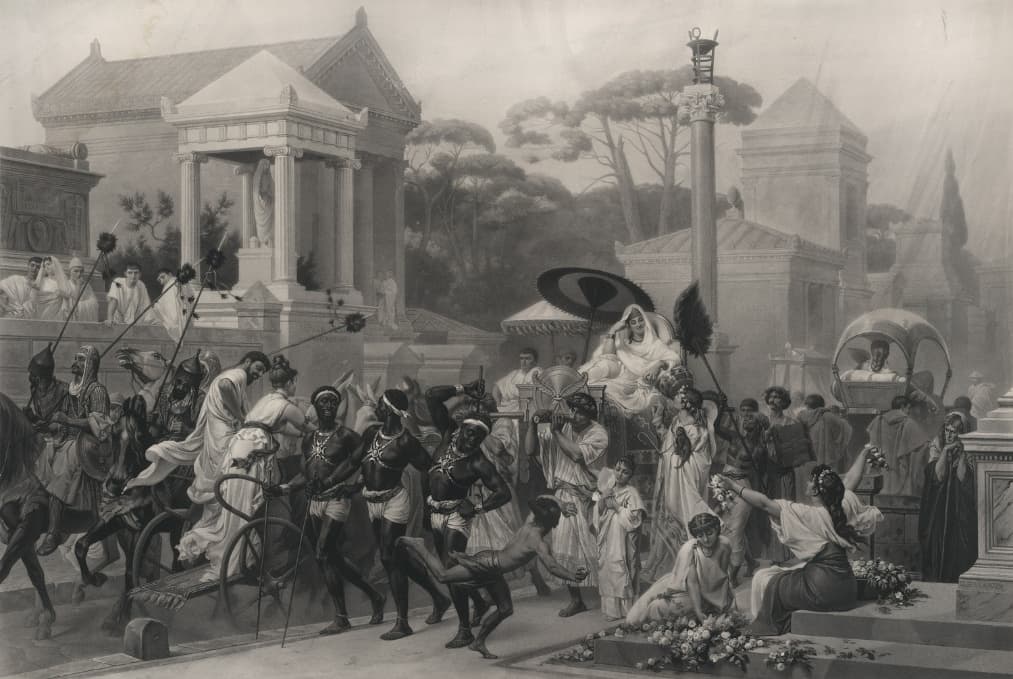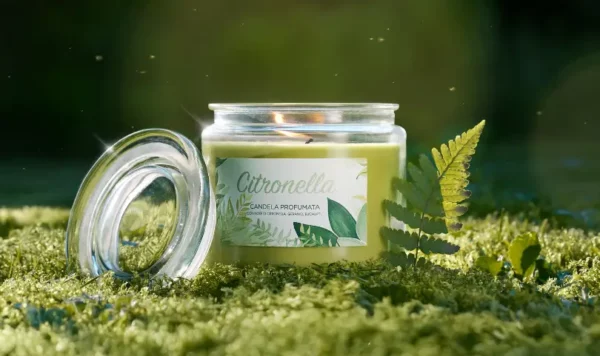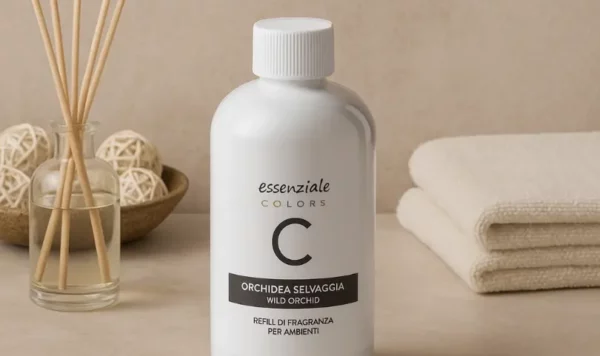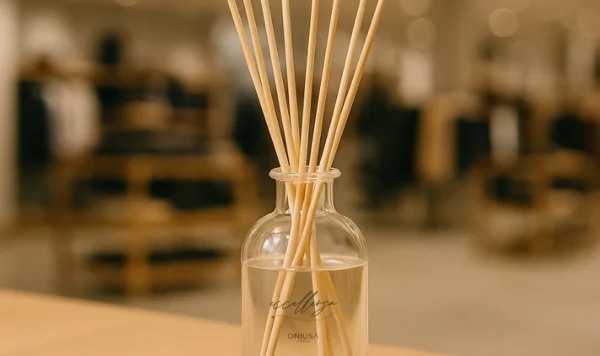Perfumes have always played a fundamental role in human culture, and ancient Rome was no exception. In an era where luxury and refinement were synonymous with status and prestige, perfumes were used not only for personal care but also played a crucial role in social and religious life. Today, the olfactory legacy of the Romans continues to inspire the creation of modern perfumes and home diffusers.

The Art of Perfumes in Ancient Rome
History and Tradition
In ancient Rome, perfumes were considered an indispensable luxury and a sign of sophistication. The ancient Romans developed a true culture of perfumery, initially influenced by the Greeks and later enriched by Eastern traditions. The importation of exotic essences and spices from conquered territories such as Egypt, Persia, and India contributed to creating a wide range of fragrances used in various social and religious contexts.
The Romans not only appreciated perfumes for their aroma but also regarded them as a status symbol. Owning and wearing precious fragrances was a way to display wealth and refined taste. This passion for perfumes extended to all social classes, albeit with obvious differences in the quality and quantity of essences used. Emperors and the Roman aristocracy were particularly known for their generous use of fragrances, often employed during banquets and ceremonies.
Perfumes were an integral part of daily Roman life. Scented oils were used to massage the body after bathing, and hair was often treated with fragrances to keep it smelling fresh and aromatic. During public celebrations, the air was saturated with perfumes distributed through special incense burners, creating an atmosphere of luxury and festivity. This dedication to perfumes was so ingrained in Roman culture that Pliny the Elder wrote extensively about the essences used and the perfumery techniques of the time.
Precious Ingredients
The ingredients used to create perfumes in ancient Rome were among the most sought-after and precious of the time. Flowers were particularly prized for their ability to add sweet and floral notes to compositions. The rose, a symbol of beauty and love, was one of the most popular ingredients. It was often used in skin perfumes and bath products. Violets, lilies, and irises were equally popular, contributing to the creation of refined and complex fragrances.
Spices imported from the East added a touch of exoticism to Roman fragrances. Cinnamon and cassia, for example, brought warm and enveloping notes, while saffron, with its unique and distinctive aroma, was considered a luxury ingredient. Resins such as myrrh and incense were used not only for their fragrance but also for their spiritual and medicinal properties. These resins were often burned during religious rites to purify the environment and honor the gods.
Herbal aromas completed the fragrant compositions, adding freshness and vitality. Herbs like basil, mint, and sage were common in Roman perfumes and were used for their refreshing and purifying properties. These ingredients were often macerated in oils or alcohol to extract aromatic essences, which were then expertly blended by perfumers to create unique and personalized compositions.

The Influence of Roman Perfumes on Modern Home Diffusers
Home Diffusers: A Historical Legacy
The use of perfumes to enhance living spaces is not a modern practice; the Romans were pioneers in the use of home diffusers. They used incense burners and diffusers to scent their homes and public spaces, creating welcoming and luxurious atmospheres.
Home diffusers in ancient Rome were often made from precious materials like bronze and silver and decorated with intricate artistic motifs. These objects not only diffused fragrances into the air but also served as symbols of wealth and good taste. The attention to detail and love for beauty were evident in every aspect of Roman life, and home diffusers were a clear example of this.
Today, this ancient love for environmental fragrances continues to live in modern diffusers. Brands like Oniusa Venezia are inspired by this millennial tradition, offering olfactory solutions that transform every environment into a unique sensory experience. Modern fragrances are often created to evoke specific atmospheres or elicit particular emotions, continuing to celebrate the art of perfumery with the same passion as the Romans.
Fragrances That Tell Stories
Fragrances are powerful storytelling tools. Contemporary home perfumes often draw inspiration from the historical notes of ancient Rome, offering compositions that evoke the grandeur and sophistication of that era. These perfumes tell stories of ancient banquets, religious ceremonies, and moments of intimacy experienced by the Romans.
An example of how modern fragrances pay homage to Roman heritage is the use of rose and myrrh notes. These elements not only recall the elegance and luxury of Roman banquets but also convey a sense of timeless beauty. The spicy accords of cinnamon and saffron evoke the exoticism of distant lands, reminiscent of the era of conquests and cultural exchanges.
Similarly, the herbal aromas of basil and mint, often used in modern diffusers, convey freshness and vitality, ideal for creating a welcoming and relaxing environment. These fragrances not only enhance the atmosphere of living spaces but also offer a sensory journey through time, reconnecting the present with the past.
Perfumes: A Bridge Between Past and Present
Perfumes, both personal and environmental, are a tangible link between past and present. Today’s collections of home diffusers aim to capture the essence of ancient times, offering an olfactory experience that enriches modern life with a touch of history and tradition.
The ability of a perfume to evoke memories and emotions is one of the main reasons why the olfactory legacy of ancient Rome continues to influence the contemporary fragrance world. The elegance and sophistication of Roman perfumes have been passed down through the centuries, inspiring generations of perfumers to create fragrances that celebrate the beauty of history.
Today, choosing a perfume or home diffuser that reflects this tradition means embracing a piece of history, experiencing a luxury that spans centuries and continues to evolve, always staying close to us, everyday, everywhere, with you.
Conclusion
The legacy of perfumes from ancient Rome continues to inspire and influence the modern world of fragrances. From Oniusa Venezia to many other brands, the timeless charm of Roman diffusers lives in today’s homes, transforming spaces into places of beauty and well-being. Roman perfumes were not simply a luxury but an expression of culture, art, and identity that we still find in modern perfumes. Our understanding and appreciation of perfumes have been profoundly shaped by the legacy of this ancient civilization, and Oniusa Venezia’s fragrances continue to tell this story through olfactory creations that blend past and present into a symphony of unforgettable aromas.






